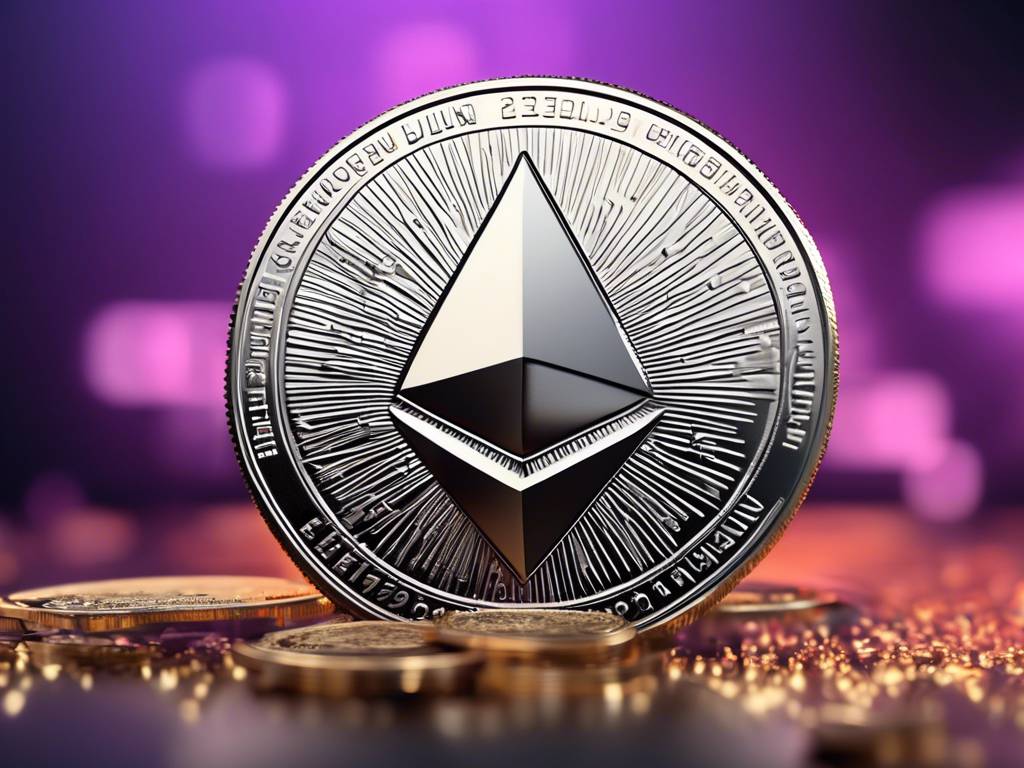The Impact of Ethereum’s Circulating Supply Increase on the Crypto Market 📈
In the past month, Ethereum (ETH) has seen a significant rise in its circulating supply, primarily due to the Dencun upgrade. This increase has led to a slight monthly inflation rate for the leading Web3 network, which had previously been experiencing deflation. The effects of this change are being closely monitored by investors and analysts in the crypto space.
The Rise of Ethereum’s Circulating Supply 🔼
The implementation of the Dencun upgrade on March 13, 2024, brought about notable changes in Ethereum’s ecosystem. With the introduction of EIP-4844, the network witnessed a reduction in transaction costs on Layer-2 through “proto-danksharding.” This alteration aims to enhance the efficiency and cost-effectiveness of Ethereum for its users, signaling a positive step forward for ETH adoption.
- The Dencun upgrade aimed at reducing transaction costs on Ethereum’s Layer-2
- Introduced EIP-4844 to improve the network’s efficiency
- Enhanced cost-effectiveness for users
Understanding Ultra Sound Money in Ethereum 💰
With the recent surge in Ethereum’s circulating supply, the concept of “ultra sound money” has come into focus. This term gained prominence following the implementation of the fee-burn mechanism through EIP-1559, intended to create a deflationary effect on ETH’s supply. The expectations surrounding this mechanism have been met over the past two years, with a steady decrease in circulating supply and a reduction in yearly inflation.
- The “ultra sound money” concept gained traction after the fee-burn mechanism was implemented
- Expectations for a deflationary effect on Ethereum’s supply
- Steady decrease in circulating supply over the past two years
The Dencun Upgrade and the Future of Ultra Sound Money 💸
Recent analyses have examined the impact of the Dencun upgrade on Ethereum’s “ultra sound money” attribute. According to CryptoQuant, median transaction fees were significantly correlated with network activity before the implementation of the EIP-4844. However, post-upgrade, these fees have shown a gradual decline, raising questions about the network’s future inflationary status.
“Dencun upgrade has decoupled #Ethereum’s transaction fees from network activity, reducing the burn rate even with high activity. This leads to lower user fees but challenges the deflationary mechanism set by The Merge, requiring significantly increased network activity to maintain deflation.” – CryptoQuant
- CryptoQuant’s analysis highlighted a decoupling of transaction fees from network activity post Dencun upgrade
- Lower user fees observed alongside challenges to Ethereum’s deflationary mechanism
- Potential need for increased network activity to sustain deflationary state
The Future of Ethereum and its Economic Landscape 🔮
As Ethereum grapples with changes in its fee structure and circulating supply, investors are keenly observing the market for further developments. While uncertainties loom regarding Ethereum’s inflationary status, the network’s reduced transaction fees could potentially attract more users, driving up its overall value in the crypto space.





 By
By

 By
By
 By
By
